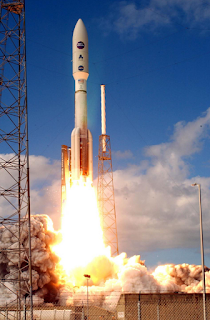Late last year, one of the biggest news stories on the 3D printing/additive manufacturing front was the announcement that GE had successfully begun mass production of fuel nozzle interiors for the next-generation LEAP engine using 3D printing technologies. In this example, one of the key benefits of 3D printing the nozzle interior was that 20 individual parts could be combined into one, 3D printed part. Read More >>
Late last year, one of the biggest news stories on the 3D printing/additive manufacturing front was the announcement that GE had successfully begun mass production of fuel nozzle interiors for the next-generation LEAP engine using 3D printing technologies. In this example, one of the key benefits of 3D printing the nozzle interior was that 20 individual parts could be combined into one, 3D printed part. Read More >>
